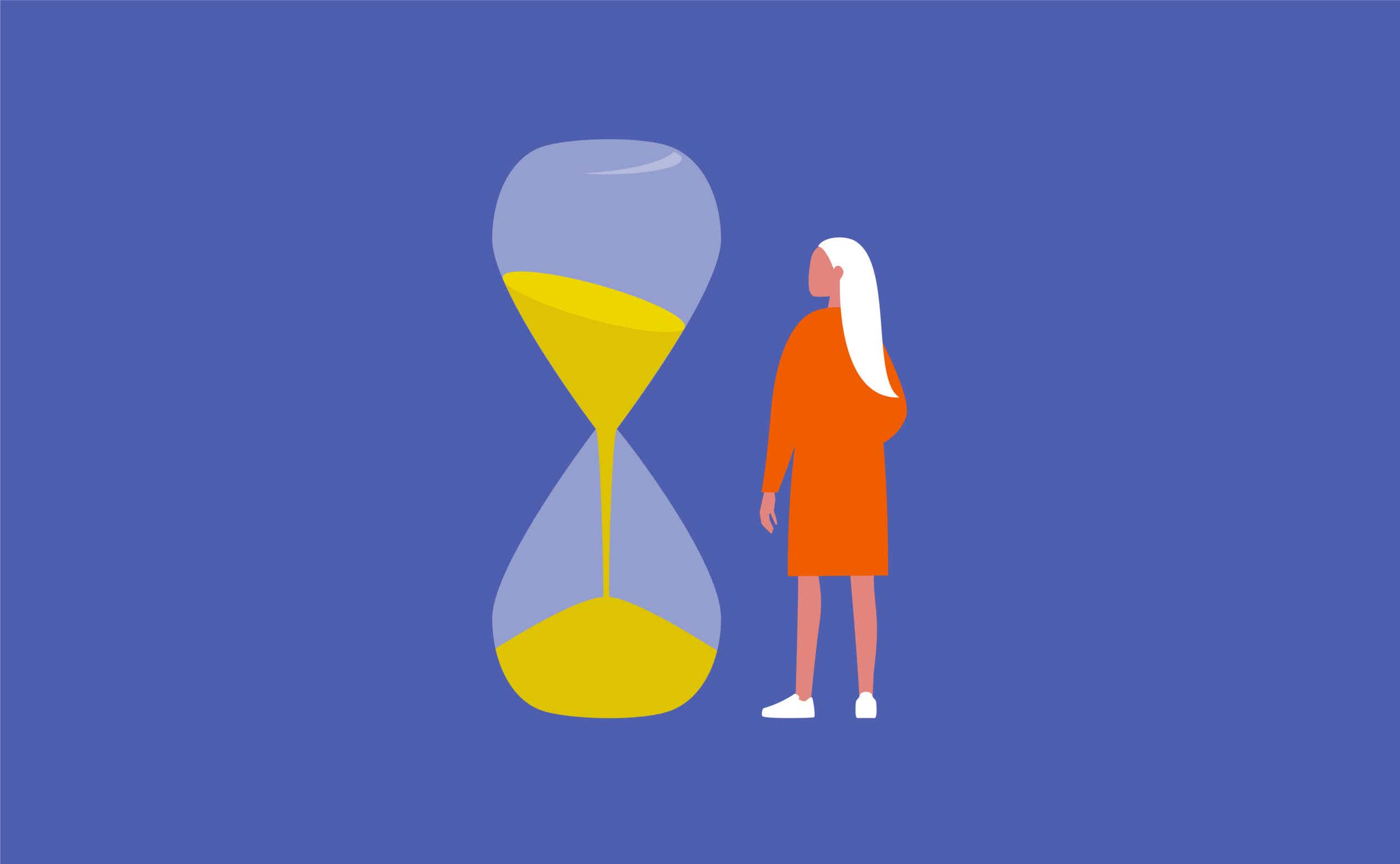We already know that menopause is a double-edged sword: It can change a woman’s life for the better, but it can also come with debilitating symptoms. If you’re overwhelmed and confused about the delicate balance of your hormones and the gradual slide into menopause, you’re not alone. Katie recently had an illuminating conversation with Dr. B about the tricky business of shifting hormone levels. It turns out that hormones are incredibly nuanced — especially because each human body is different. Our resident women’s health expert Dr. Brightman filled us in on common perimenopause symptoms, and how to figure out if you could benefit from hormonal treatment.
Katie Couric: Let’s talk about hormones, because they play such an important role in our lives, and they’re not that well understood. Why are they so important — not only in our development, but also as we age?
Dr. B: When we talk about women, we usually think about estrogen, but there are many other hormones. We often focus on the ovarian production of hormones, but there are also glands on top of the kidneys called adrenal glands that make hormones. Then the thyroid is a gland in the neck that produces thyroid hormone, which is essential for bodily functions. There are also glands in the brain that produce hormones. So hormones abound, and they target different tissues. Many women — when they’re asking me about hormones — are asking specifically about estrogen, thyroid hormones, and how the thyroid can regulate metabolism.
Let’s talk about estrogen: How important is it?
First of all, estrogen is important in utero. It makes females females. Then during puberty, estrogen levels increase, ovulation occurs, and menstruation begins. We have breast development, and our figures change. Estrogen levels really will fluctuate during the course of the reproductive years. We know that as people enter perimenopause and menopause, hormones can certainly fluctuate and then decline.
What’s the difference between perimenopause and menopause?
When you hear women complaining about night sweats, hot flashes, and disrupted sleep, that’s perimenopause. Perimenopause can last up to seven years or so — it really depends on the individual.
Menopause by definition occurs when a woman has gone a full year without having had a period, so a woman is perimenopausal until that full year has gone by. The average age of menopause in North America is 51 and a half years.
Some women can be in their early 40s when menopause starts to happen, and some women don’t experience menopause until their 50s. Not everybody experiences perimenopausal symptoms, but women do tend to experience hormonal fluctuations. Typically people think about a lack of estrogen, but what really happens during perimenopause are big fluctuations during the course of a normal menstrual cycle. Prior to perimenopause, there are smaller fluctuations. But in perimenopause, there are very high estrogen levels that occur for many women, and then these levels plummet. Women with high estrogen levels can have, for example, breast tenderness that they equate with pregnancy. Or they can have heavy menstrual bleeding because estrogen can cause the uterine lining to really grow. There are highs, there are lows, and the transition between highs and lows.
How would someone know if they’re entering perimenopause if they’re on some form of birth control and don’t get their period?
There isn’t a single blood test that can be done to identify when someone is going to have their final period. Many women with progesterone or Levonorgestrel-containing IUDs don’t menstruate. If somebody comes to me and has perimenopausal symptoms like night sweats, difficulties sleeping, or mood instability, I might check their levels. Then we can talk about whether or not I want to prescribe hormones. Frequently it’s like shooting at a moving target, because like I said, you will have fluctuations: Depending on the day of the month, someone can have hormone levels that look like they’re 16 years old or 60. Ultimately, though, we look at symptoms and blood work.
What can you do to reduce perimenopausal symptoms like night sweats, sleeplessness, or hot flashes? When do you know if you need medication?
It’s really important for women, especially as they enter perimenopause and get into their 40s, to have a physician or clinician who’ll listen to them and discuss their symptoms. Some people may have mild symptoms: They’re fine, they’re not bothered. But if any symptoms become concerning, then raise these concerns with your healthcare provider, because they can be treated. The treatment really has to be individualized.
There are many hormonal ways we can treat women: One of the easiest is to go on an ultra-low-dose birth control pill. Some people do beautifully that way. We may give some people a little estrogen.
For those who aren’t candidates for hormonal therapy, or are uninterested in hormonal therapy, there are non-hormonal options that really are very helpful. Most importantly, if your clinician is not resourceful, find someone who is.
What are those non-hormonal options?
Sadly, there’s only one FDA-approved product on the market. The trade name is Brielle; it’s low-dose paroxetine, also known as Paxil. It’s an antidepressant, anti-anxiety medication that works beautifully in low doses.
If someone has a history of anxiety and depression, it’s probably not ideal to put them on Brielle without discussing it with their healthcare provider. However, even though Brielle the only FDA-approved product for treating symptoms, there are many other medications that we use off-label. There are medications that can be used as mood stabilizers, or medication meant to treat overactive bladder that helps with night sweats and hot flashes. There are anti-hypertensive medications that frequently help. And there are currently ongoing trials looking at other non-hormonal options for treating women who aren’t candidates for hormones, which is really exciting.









